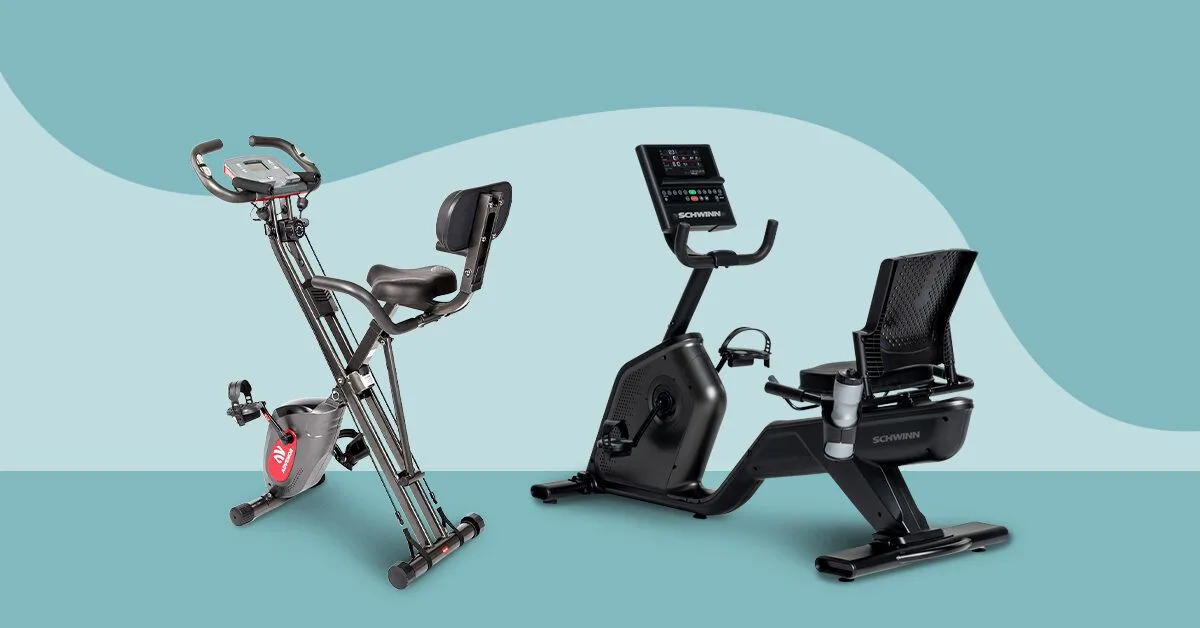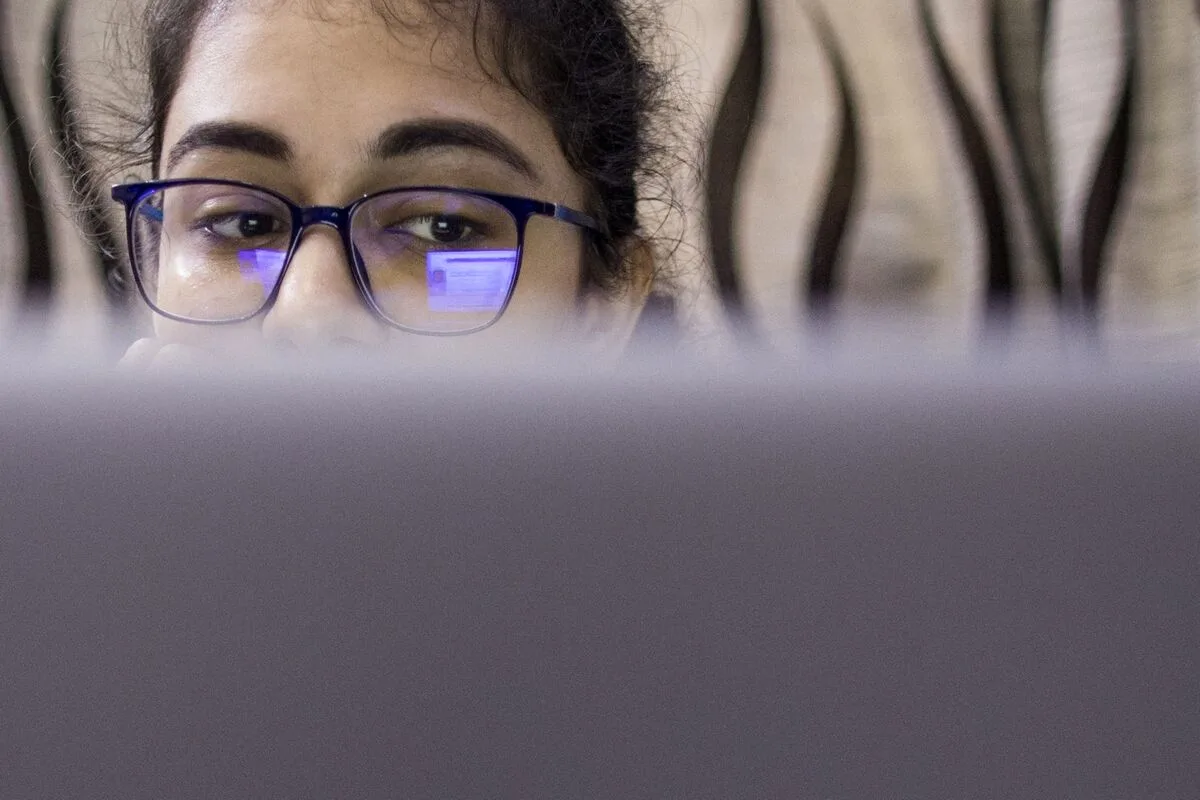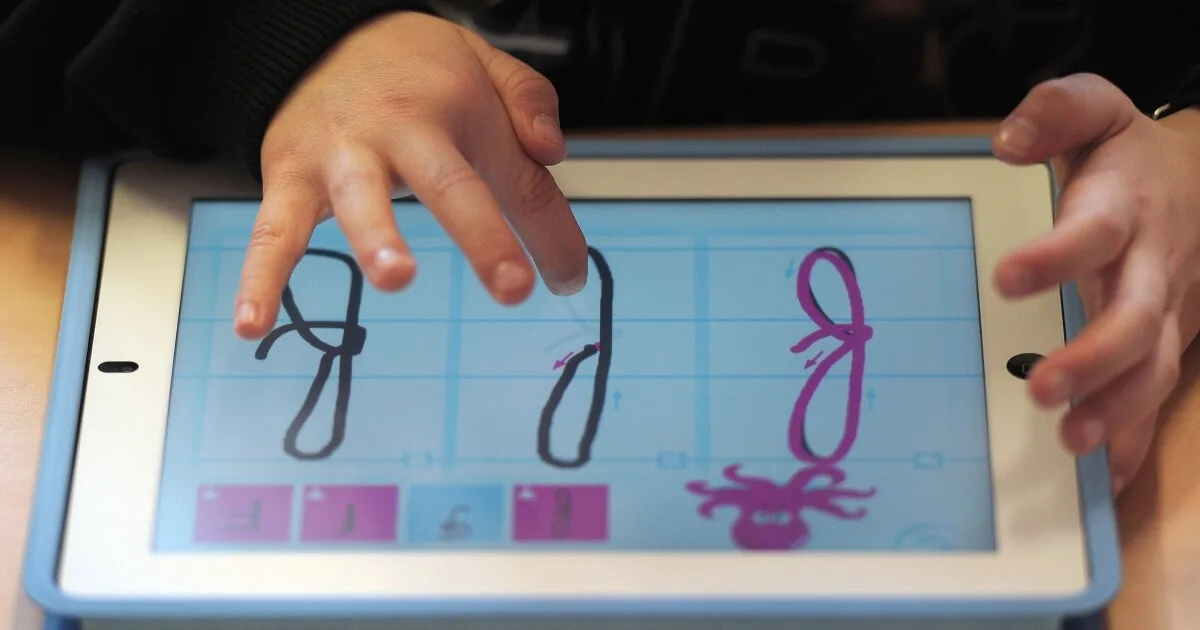Leicester updates travel app to show street lighting and cameras
25 April 2024
by Christopher Carey
Leicester City Council in the UK is partnering with mobility tech firm SkedGo to enable pedestrians walking at night to see how much of their journey is covered by street lighting and CCTV.
The Lit Routing functionality forms part of the Choose How You Move app, which aims to reshape travel in the city, offering pedestrians more accessible and illuminated paths.
“Our Choose How You Move journey planning app now suggests nighttime walking routes that are well-lit and covered by CCTV, helping to reduce the perception of risk associated with being out after dark,” a Leicester City Council spokesperson told Cities Today. “We will be monitoring how people use the app to review its functionality and understand what further refinements we can make.”
Safety
SkedGo says the new feature addresses the need for greater confidence and visibility for people walking at night through the city.
“Lit Routing is more than just a feature; it’s our commitment to ensuring more accessible journeys for everyone in Leicester,” said John Nuutinen, CEO at SkedGo. “We believe in leveraging technology to break down barriers to mobility, and with Lit Routing, we’re shining a light on the path to inclusivity.”
In August 2021, the UK’s Office for National Statistics published its first study of perceptions of personal safety and experiences of harassment when walking.
The study found that one in two women and one in five men felt unsafe walking alone after dark in a busy public place, while four out of five women and two out of five men felt unsafe walking alone after dark in a park or other open space.
Similar trends also appeared for use of transport at night.
A 2022 study from the Office for National Statistics found that nearly half of women in Britain reported feeling unsafe using public transport alone after dark, compared with around one in five men.
The gap was even wider for young adults, with 17 percent of males aged 16 to 34 saying they felt unsafe compared with 58 percent of females – the highest proportion among any age or sex group.
Image: SkedGo























